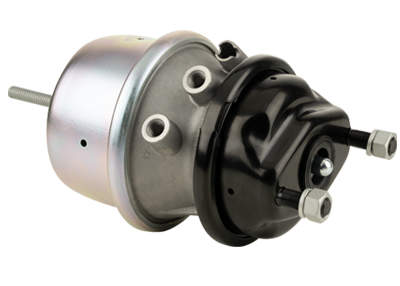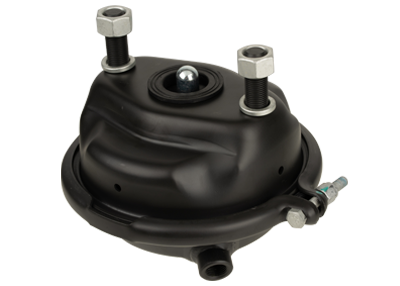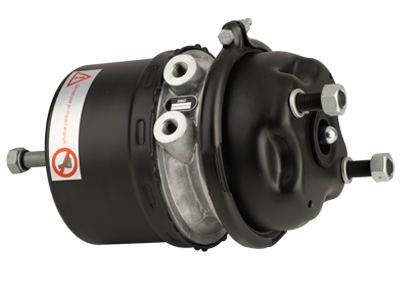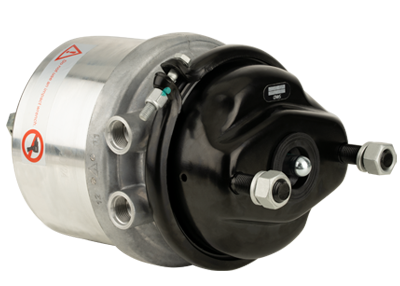Braking Force: This KPI measures the force exerted by the brake chamber on the slack adjuster or S-cam, which in turn engages the brake shoes or calipers against the brake drum or disc. Proper braking force is crucial for effective braking and stopping power.
Air Pressure Response: It's important to monitor how quickly the brake chamber responds to changes in air pressure when the brake pedal is applied or released. A quick and consistent response ensures efficient braking operation.
Air Leakage: Air leakage is a critical KPI that assesses the integrity of the brake chamber's diaphragm and seals. Any air leakage can result in reduced brake efficiency and compromised safety.
Push Rod Travel: The movement of the push rod in response to air pressure changes should be within a specified range. Monitoring push rod travel helps identify issues with brake chamber actuation.

Return Spring Condition: The condition of the return spring in a spring brake chamber is vital for parking brake engagement and release. A weak or damaged spring may affect the vehicle's parking and emergency braking capabilities.
Temperature: Monitoring the temperature of the brake chamber during operation can indicate potential issues with overheating, which may affect the braking performance and longevity of the brake chamber.
Brake Balance: For vehicles with multiple axles, ensuring that the brake chambers on each axle are balanced in their performance helps maintain stable and safe braking.
Maintenance Intervals: Keeping track of the maintenance intervals for brake chambers helps ensure that they are regularly inspected, serviced, and replaced if necessary.
Safety and Compliance: Brake chambers must comply with safety standards and regulations. Ensuring compliance with applicable guidelines is critical for the vehicle's roadworthiness and legal operation.
Failure Rate: Monitoring the frequency of brake chamber failures provides insights into their reliability and durability.
Regular inspection and testing of brake chambers using these KPIs can help identify potential issues early, allowing for timely maintenance or replacement and contributing to the overall safety and performance of the vehicle's air brake system.







 英语
英语 中文简体
中文简体 德语
德语 俄语
俄语 西班牙语
西班牙语 法语
法语
